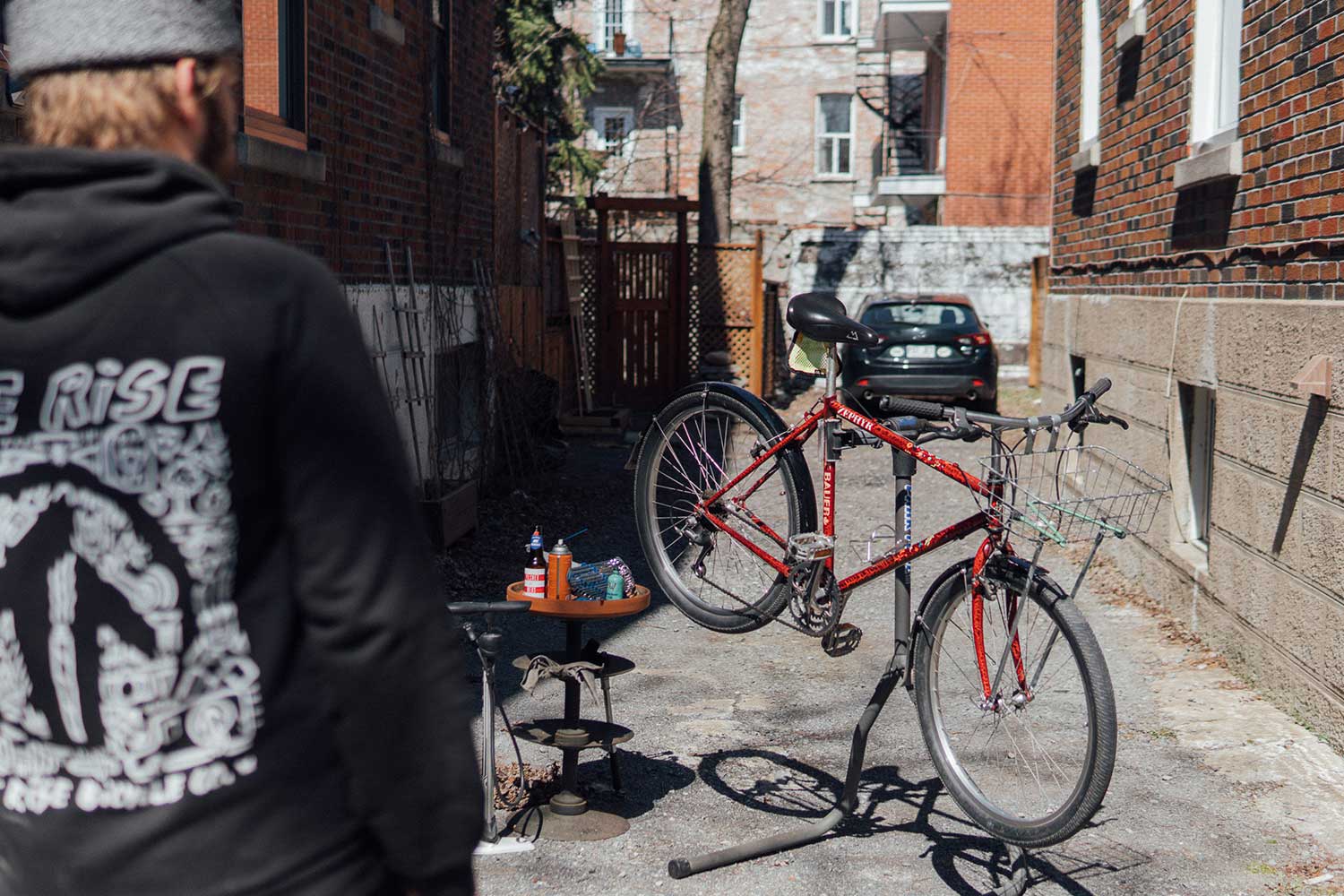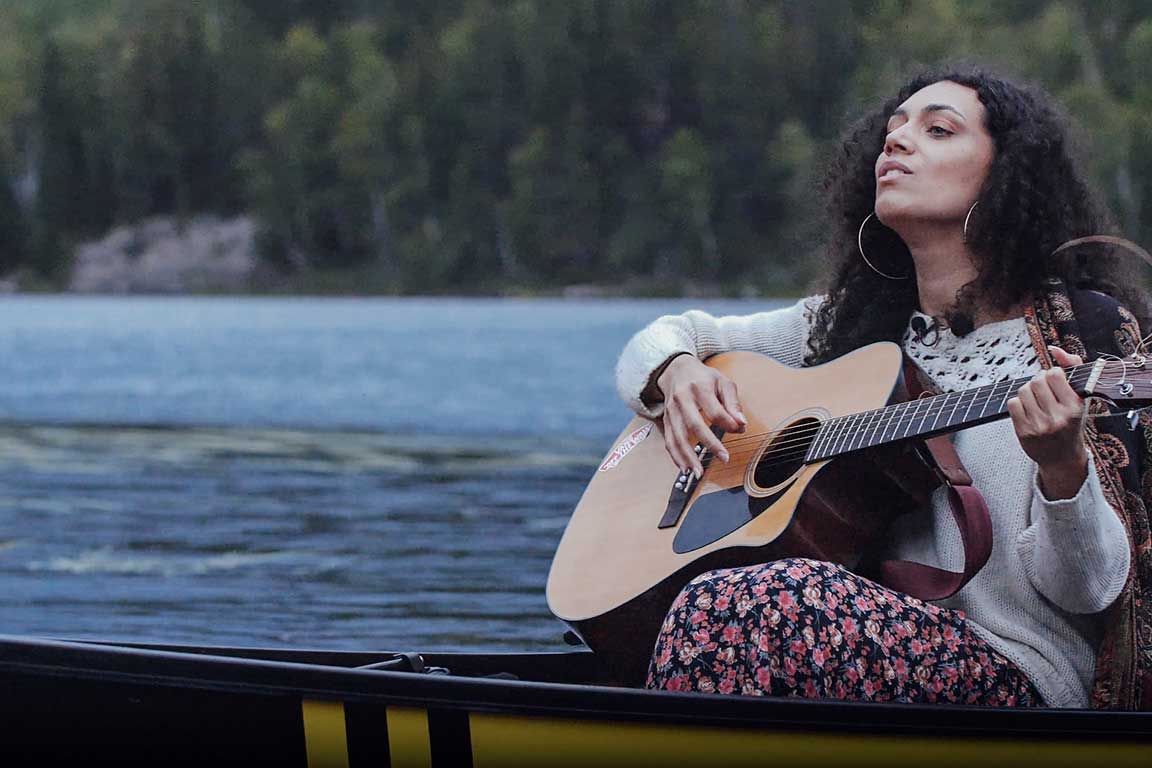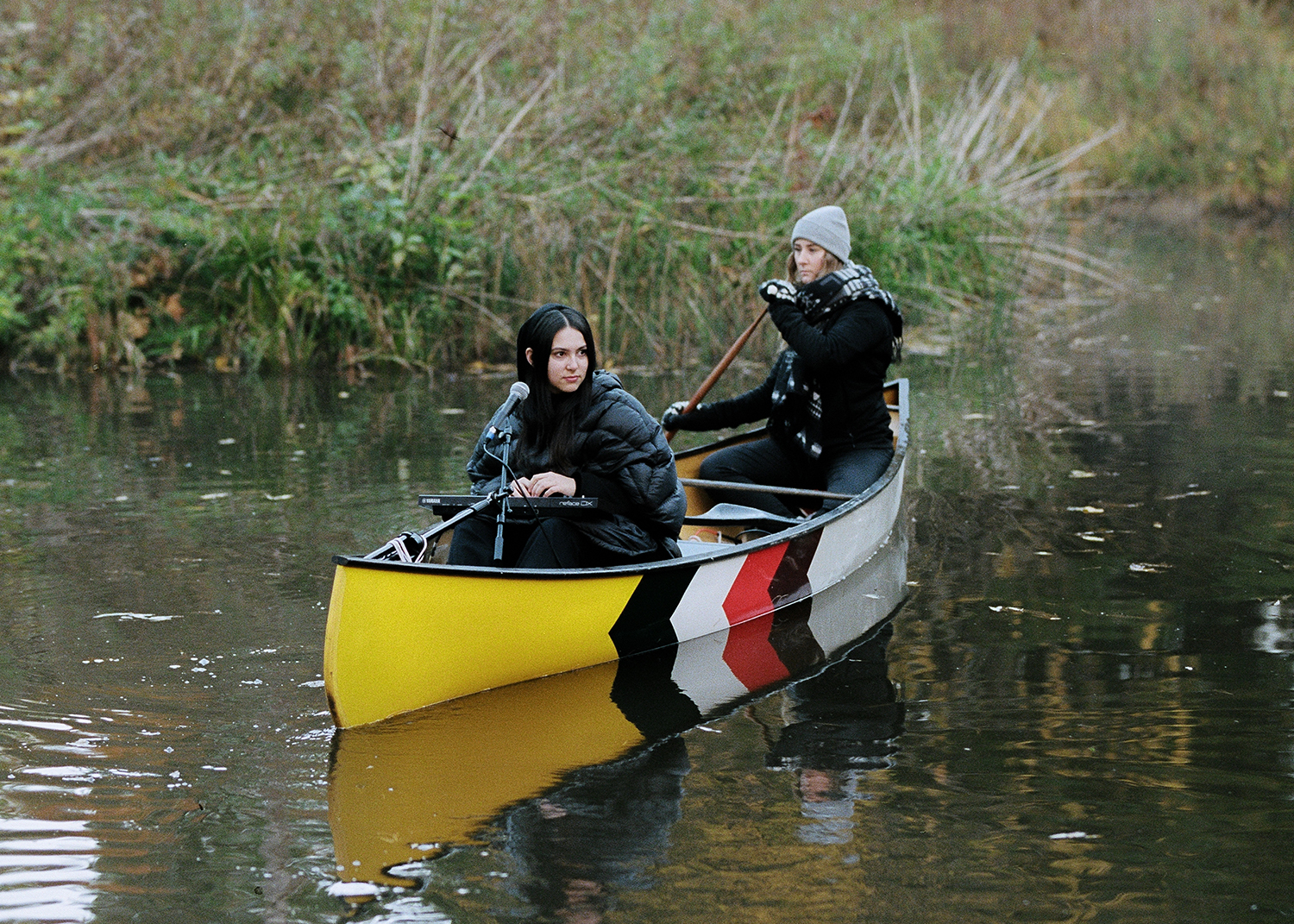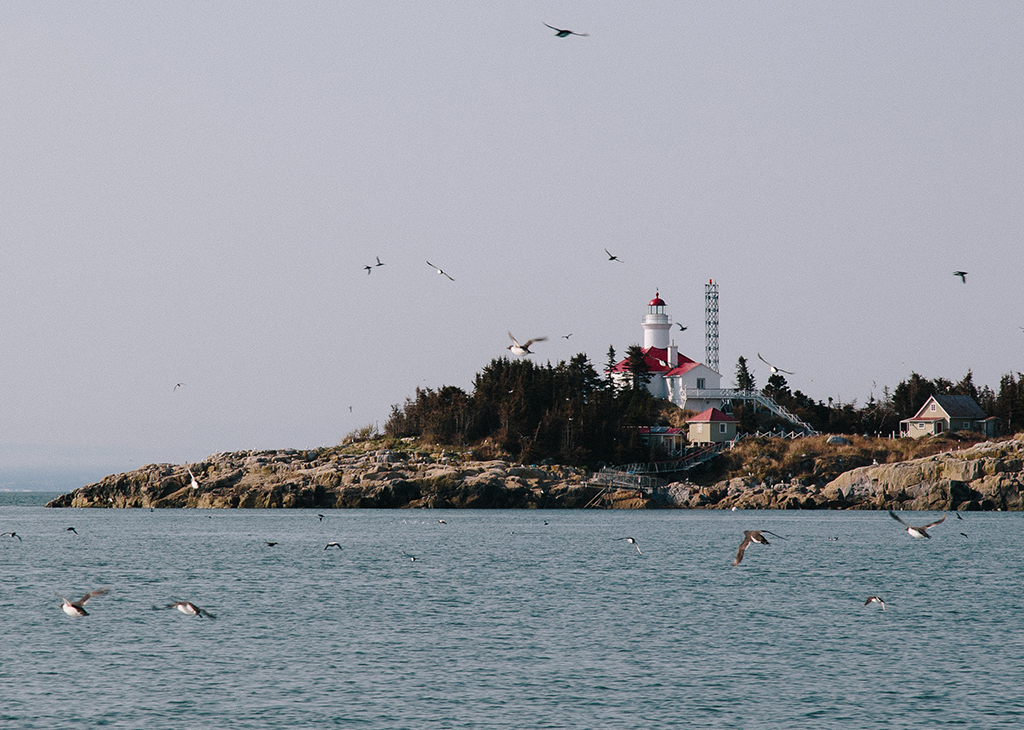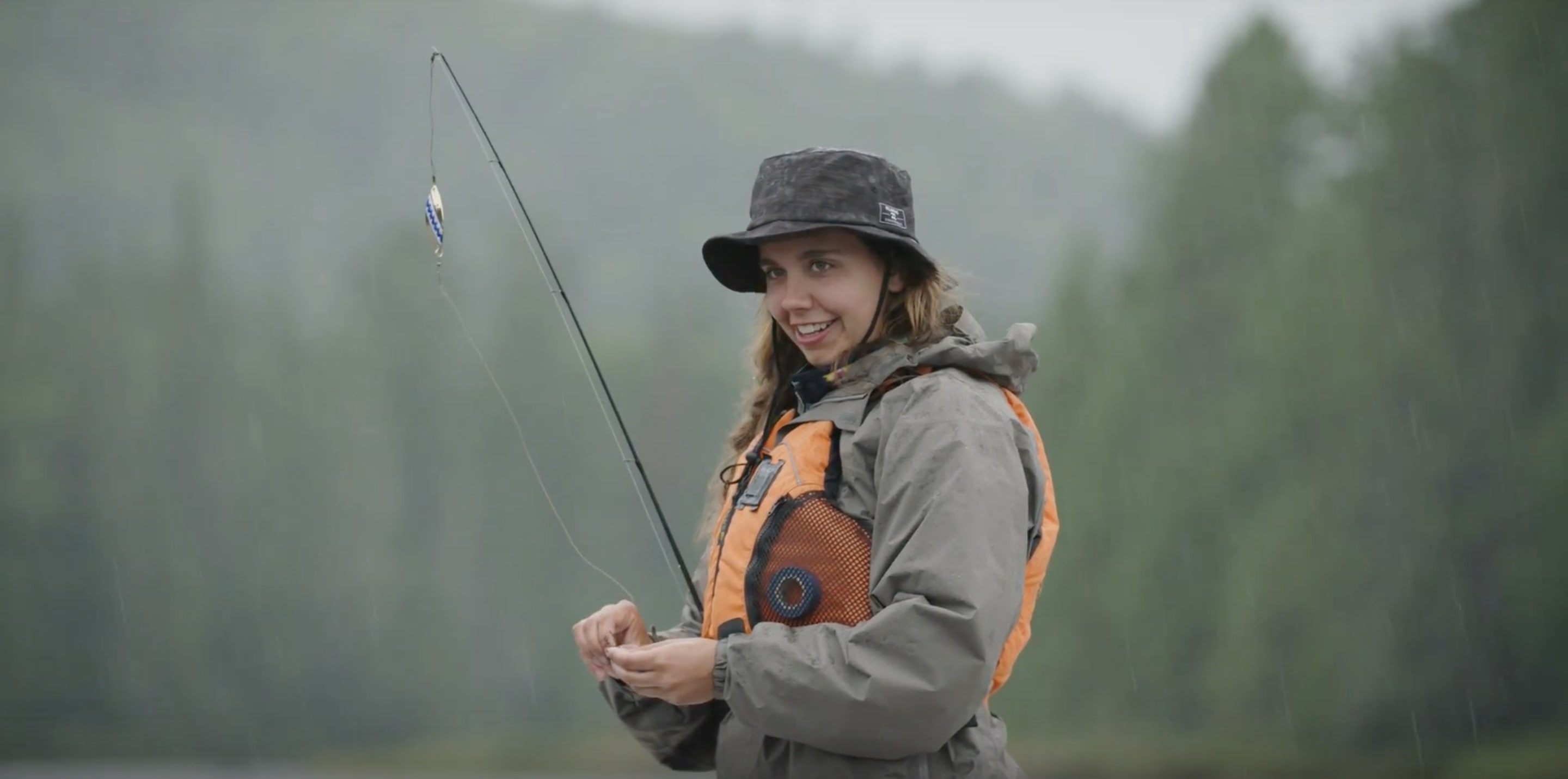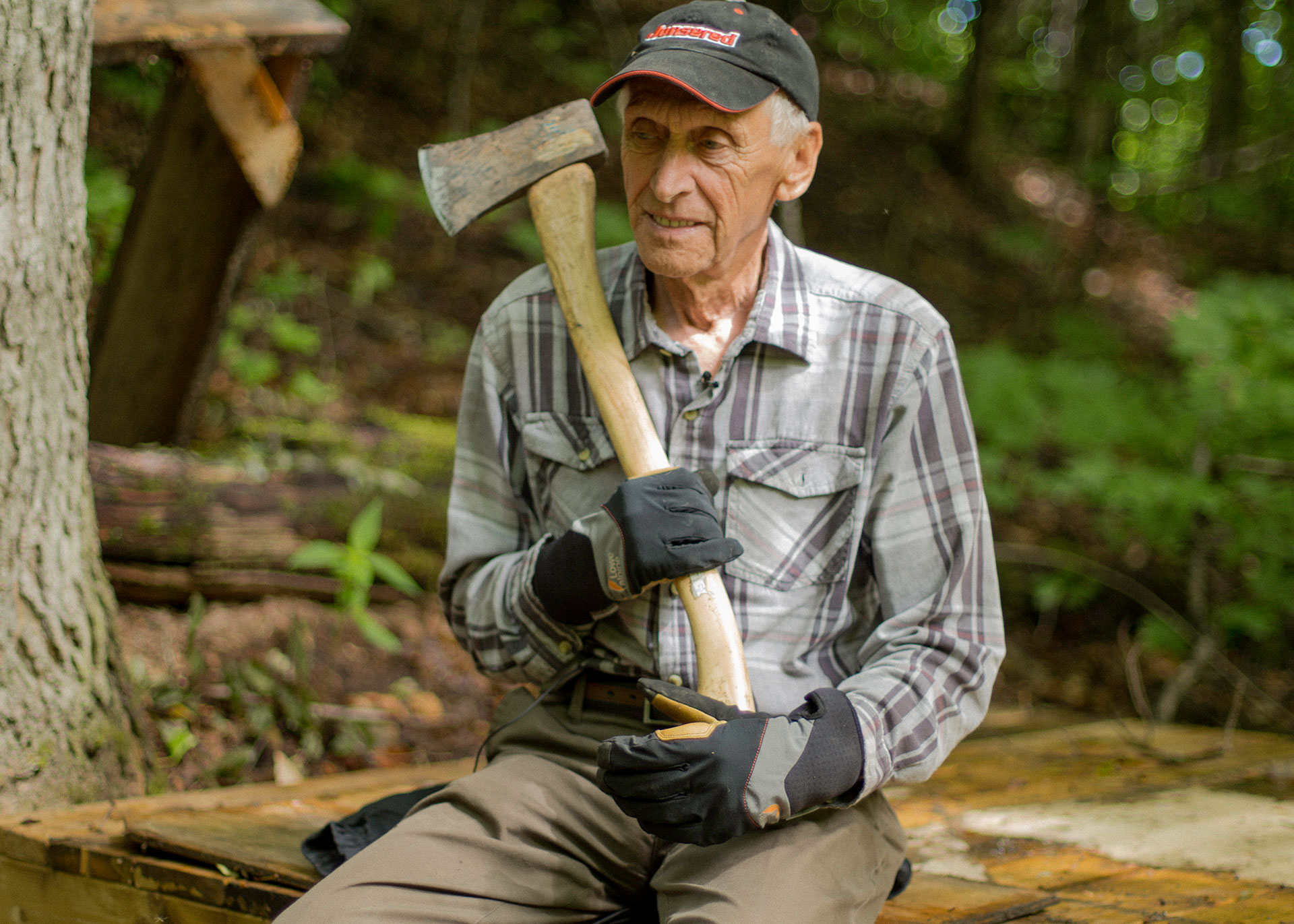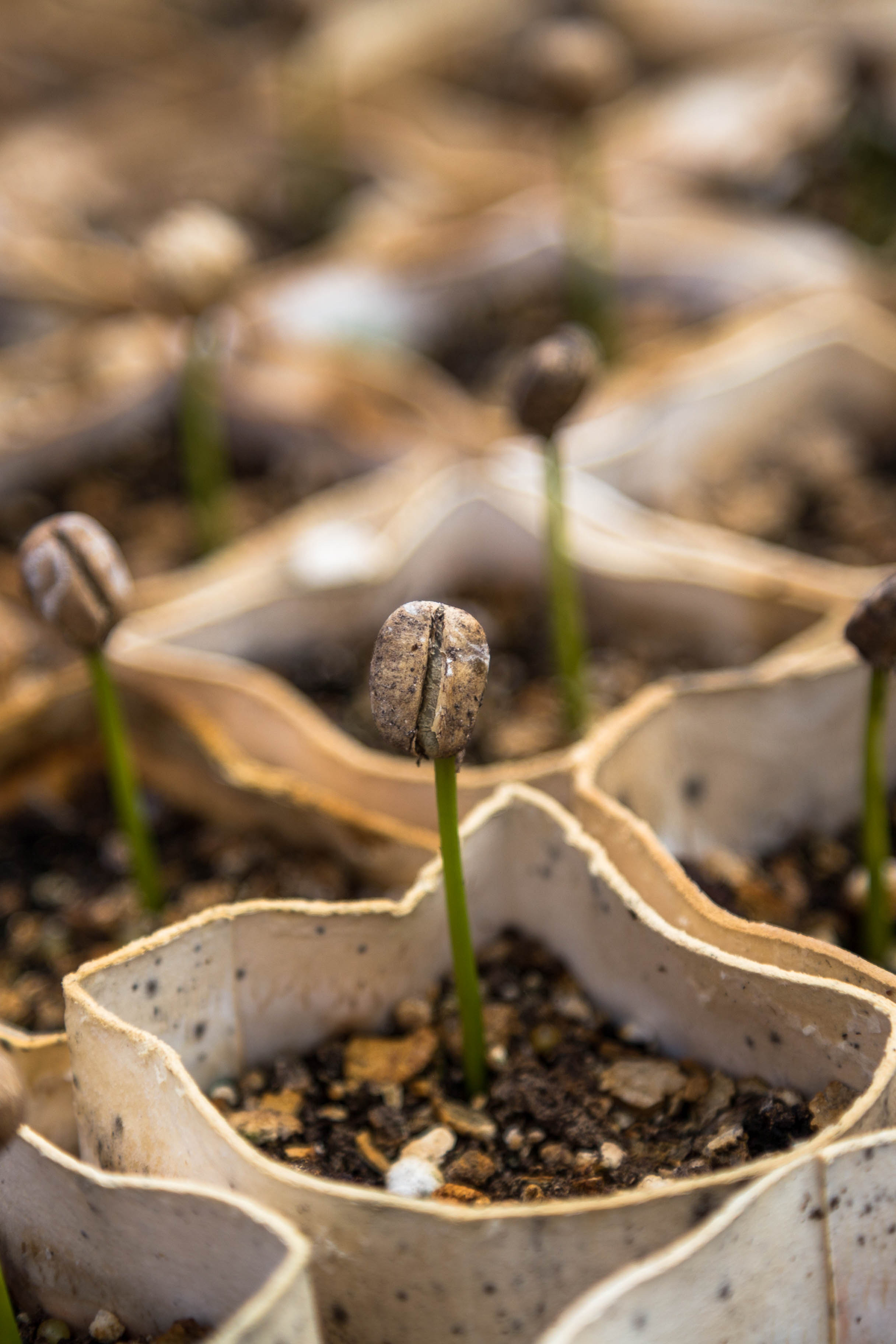Portrait
Depth of Field
Hidden away on an Oregon farm, Sophia Weiss is raising a herd of Tibetan yak on her own. Influenced by her Buddhist upbringing, she’s developed a special bond with her animals, who are a source of both love and sustenance.
In the foothills of southern Oregon, between the Cascade Range and the Siskiyou Mountains, Sophia Weiss is raising a herd of 60 yak on her own. Every day she devotes herself to the animals on her ranch, which perches on a plateau, 4,000 feet above sea level. At the moment they provide her with meat and, hopefully sometime soon, with dairy and fibre.
The yak enjoy an immense pasture and sometimes you have to walk a long way to find them. Weiss takes full advantage of her vast land, using a rotational grazing system and seeding native plant species.
Attached to her pace of life, and in step with nature, Weiss almost never leaves her land, except on Tuesdays, when she boards her pickup truck to travel to the farmer’s market in town.

It was a steep learning curve for Weiss, who had no experience raising livestock or managing an ecosystem. “I had a horse while growing up, and a goat one time. I really had zero experience with livestock,” she laughs. She had also attended non-traditional schools that taught her the value of nature from a very young age, before pursuing studies in art, anthropology, and sustainable development.
In 2014, with her family’s help, she acquired some undeveloped land near Ashland, Oregon. Her goal? To farm sustainably using extensive range ranching with livestock that could live off the natural environment without harming it. She sought grazing animals that could defend themselves against the natural predators of the area—wolves, cougars, and coyotes, and decided on the yak.


“They’re really smart and agile in the mountains. […] You can raise them in places where you can’t really raise other livestock.” Weiss explains. They also have a smaller environmental footprint than other ruminants. Not only are they lighter than cows, which reduces soil erosion, yak also have more efficient digestion—so they eat less, while providing nutritious meat. Weiss had never seen a yak in the flesh before she bought her first breeding pair.
“I knew I loved yak and that they would be strong, resilient, hardy. [They] eventually turned out to be excellent teachers.”
Sophia Weiss
Weiss is always trying to deepen her understanding of her animals and the personal dynamics in the herd: “Once you spend a little bit of time around them you notice that they all have different personalities. They like to hang out with certain ones. They have their friends and their enemies. […] Most of the time I know what’s going on if I’m paying attention. I don’t think like a yak but I’m starting to understand how they think”. Every evening, the yak come to greet her. This is when Weiss makes sure everybody is present and happy.



The art of questioning
Weiss’s parents helped found a Tibetan Buddhist center in the Colestin Valley outside Ashland shortly before she was born. She grew up among the community there and experienced life as a first-generation American Buddhist. She explains that it was a profound way to experience the world. It helped her question her reality at a young age: “I was raised a Buddhist where you [learn not to kill] anything but I ate meat at home so I wanted to decide for myself what that meant and to take responsibility and ownership for that process. Simply praying for an animal before eating meat didn’t feel sufficient.” Weiss explains that not eating meat wasn’t possible for her in the long run: “I always felt like I had more energy eating animal protein. At any point when I eliminated meat from my diet, I was not as strong and functional as before.”
Weiss chose a different path. At the age of 20, she took her first butchery class and butchered her first sheep. From this, she learned to deeply appreciate what it means to take the life of another being for one’s own subsistence and nourishment.
In Tibet, all living beings are considered equal, so it’s better to kill a larger animal to minimize suffering and maximize meat per animal. Small animals like fish or chickens provide too little meat to justify killing them.

Lessons from the Himalayas
Introduced to North America roughly a century ago, yaks are still uncommon here. Yet, this animal has been essential to the people of the Himalayan highlands for several centuries. In Mongolia, Tibet, and Nepal, people use yak for packing and transportation. Yak also provide them with milk and cheese—and when they’re old, meat and leather. Their fibre is used to make tents, clothes, and rope.
Weiss can’t help but admire the Himalayan peoples’ holistic use of their yak and how they interact with them in a deeper way than westerners do. They can teach us a great deal about how we can live respectfully with the animals that nourish us.
Weiss is aware that people are asking hard questions about the agrifood industry, and intensive farming in particular, due to its environmental impact and out of a general concern for animal welfare. She understands why many people prefer not to eat meat. For her, what’s most important is that the people who do eat meat inform themselves about its sources; how the animals are treated, and their environmental footprint.
While Weiss wants to see the number of yak grow in the United States, she doesn’t want to increase the size of her own herd. She values her close relationships with her animals because it ensures their health and happiness, though it makes it hard to part with them when the time comes. After a long silence, she confides that the selection process isn’t easy:
“You never really get used to saying goodbye.”
Weiss has to face the temporary nature of life more frequently than most of us do. Buddhism helps her out here too: one of its fundamental principles is impermanence, meaning that the ephemeral nature of every existence implies a coming suffering.
Knowing that she will eventually have to part ways with some of them, Weiss works hard to ensure that her yak lead a good life. Spending time around them is calming and makes her slow down. They keep reminding her of the importance of the simple things. “When I go in the yak pasture and into the woods with them, I briefly enter their world. And it always takes me a few minutes to realize that. It’s almost subconscious but all of a sudden, there you are just at their pace, hanging out with them.” She always winds up adapting to their speed and wandering with them.

“Yaks just operate on a different level and on a different speed. They have such a grounding quality to them. It is so different than what we experience in our life in the modern day.”
When she was young, Weiss wanted to build an animal sanctuary where people could connect with nature in a way that we so seldom do now. She’s still pursuing her dream today.
Sitting in the middle of her field, Weiss says: “I wanted to create a place where we can learn a more gracious way of living on this planet. A way of interacting with and appreciating what sustains and nourishes us.” Vast complexity hides behind nature’s beauty. And its vulnerability demands humility, patience, and respect.


Yak embody a sort of balance; their stability comes from opposing forces. At first glance, the animals are imposing, if not intimidating, but when you spend a bit of time with them, you realize that they’re calm, sweet-tempered creatures. The outer fibre of their fleece is as thick and solid as nautical rope, but in winter, their thick wool conceals a silky down, warmer and more delicate than merino wool.
You might think that there’s a contradiction between Sophia Weiss’s love for her yaks and the fact that she uses them as a source of sustenance. But really it’s just the opposite: this delicate balance brings her closer to the model that the people of the Tibetan steppes have practiced for millennia.




